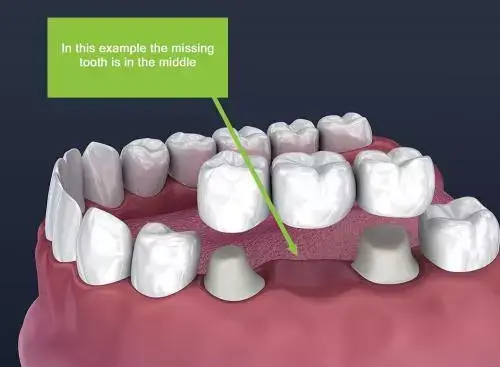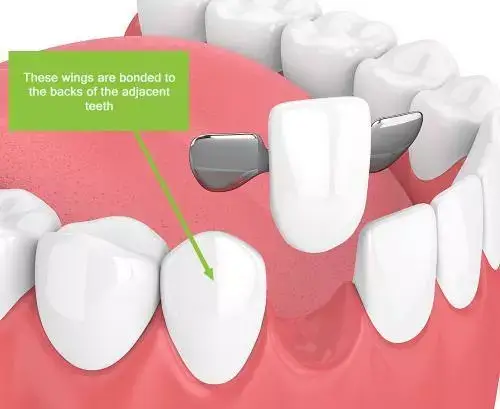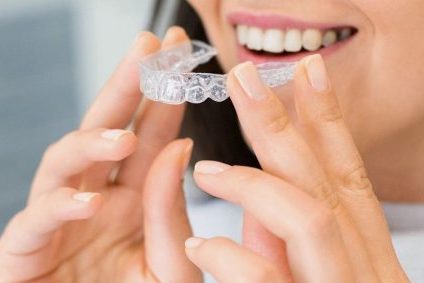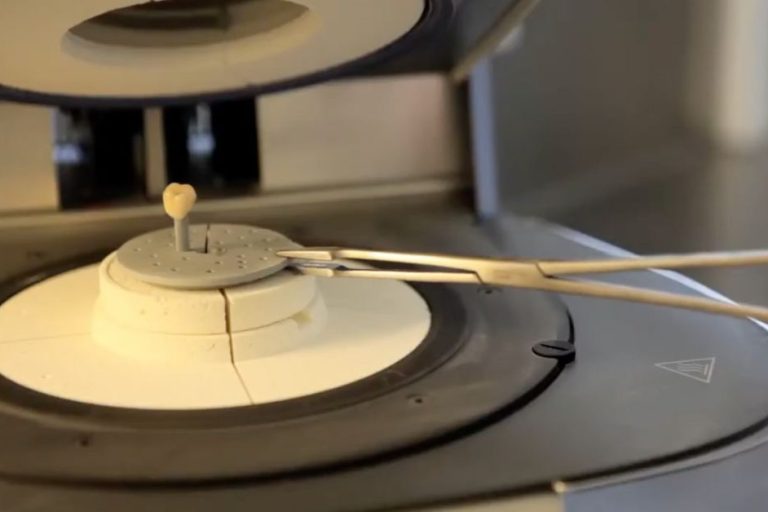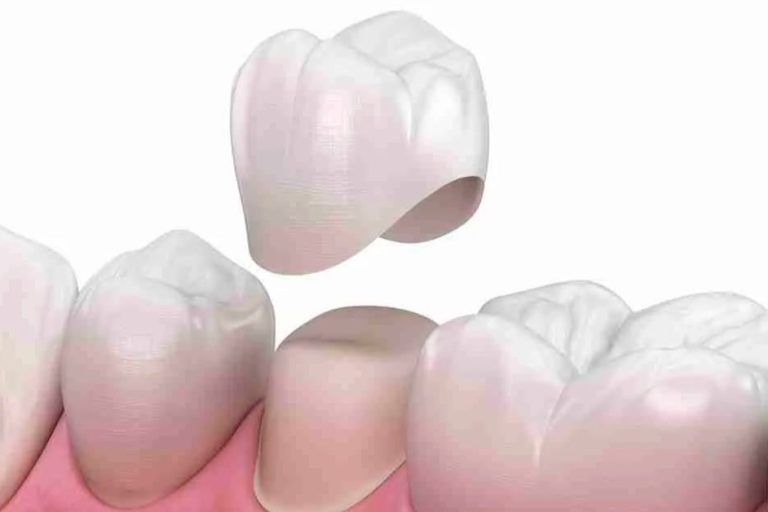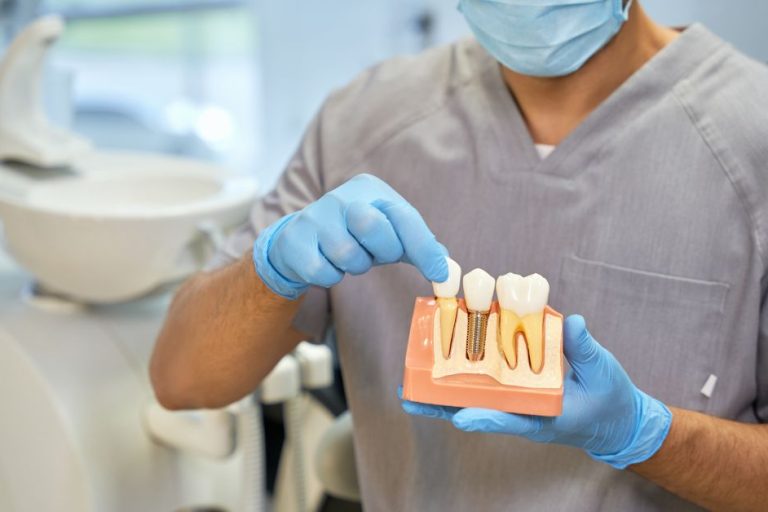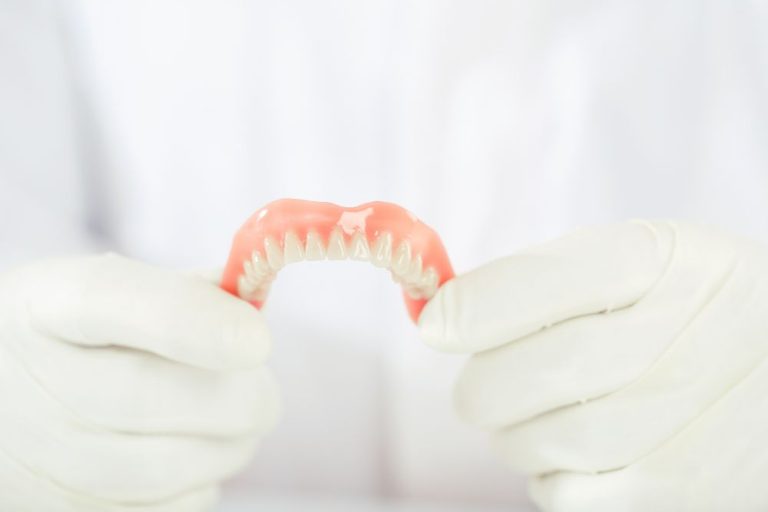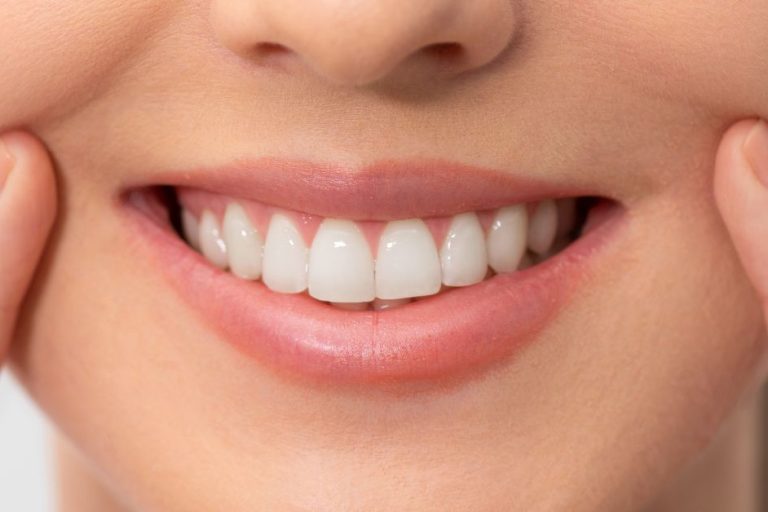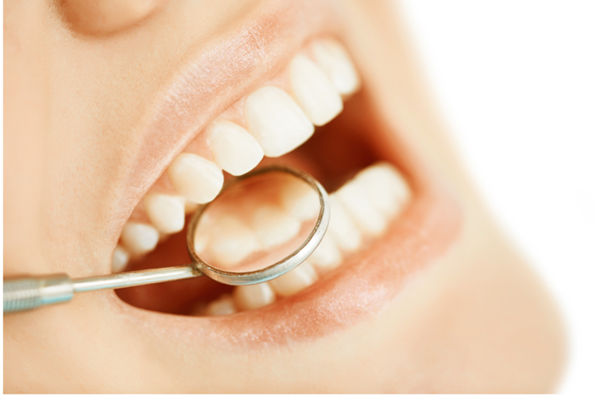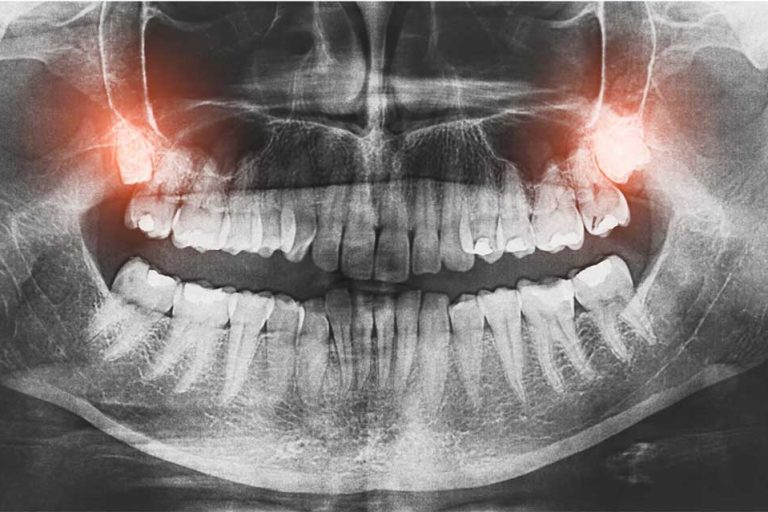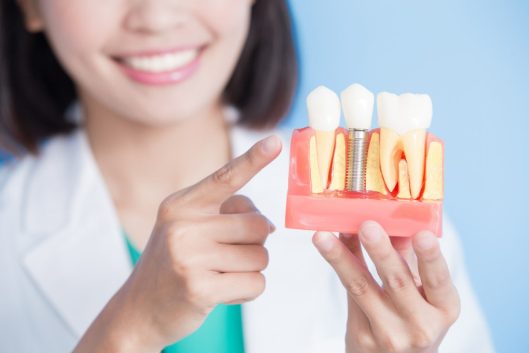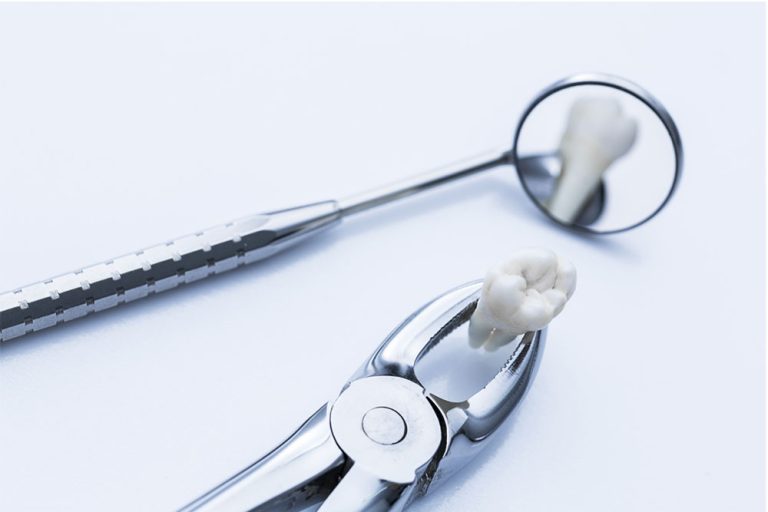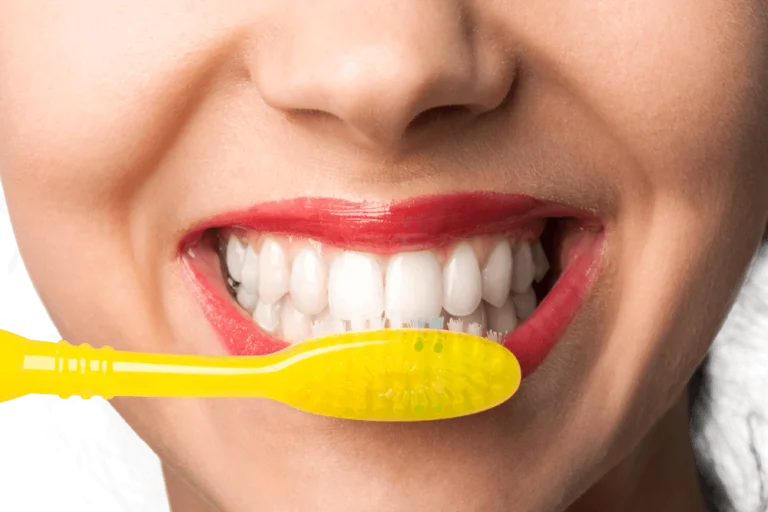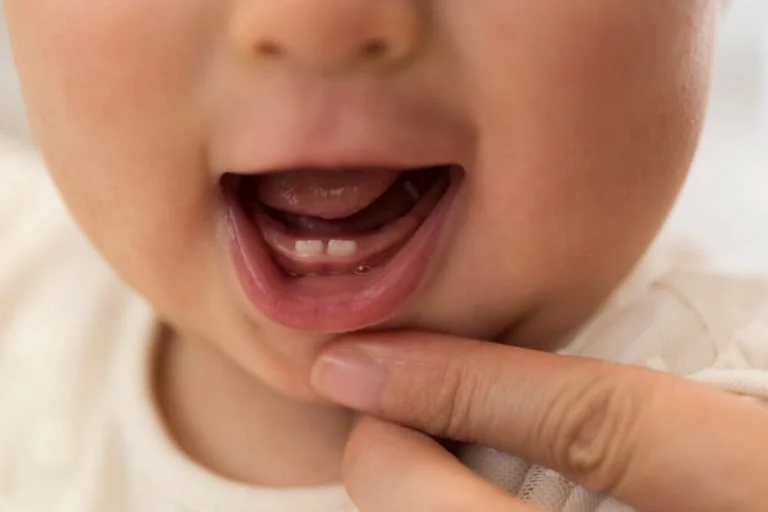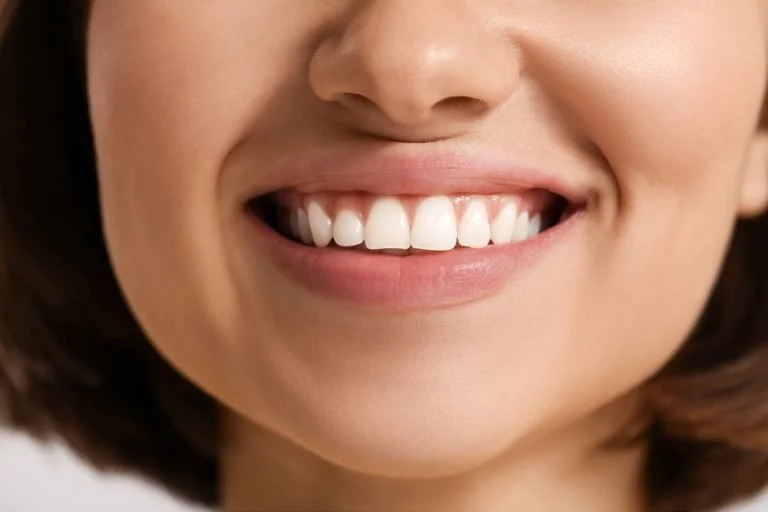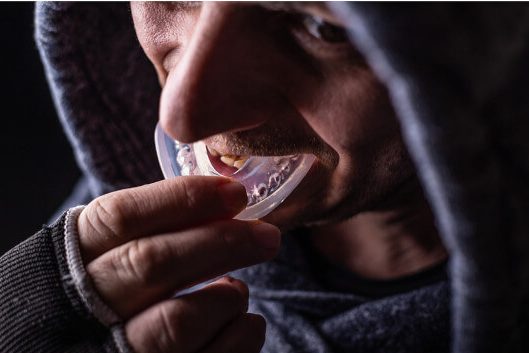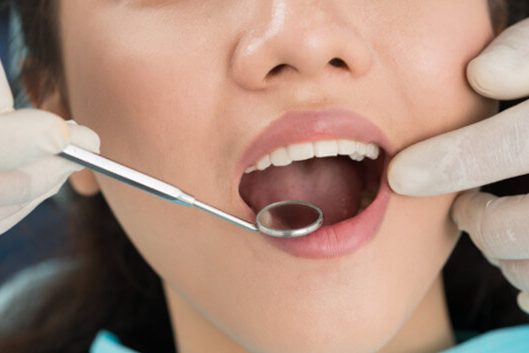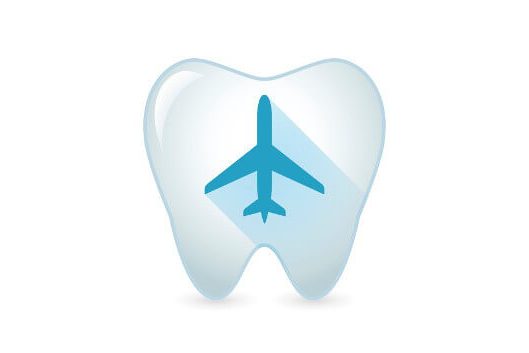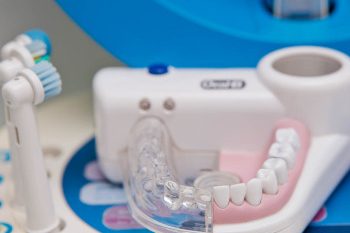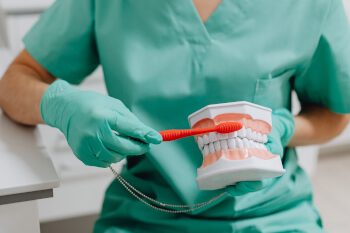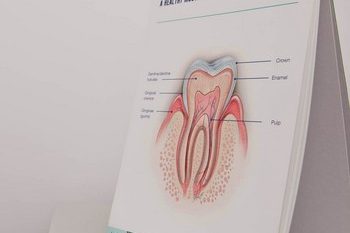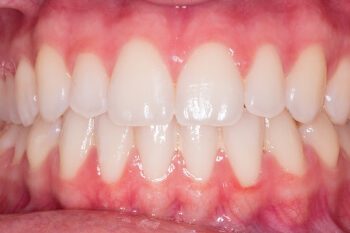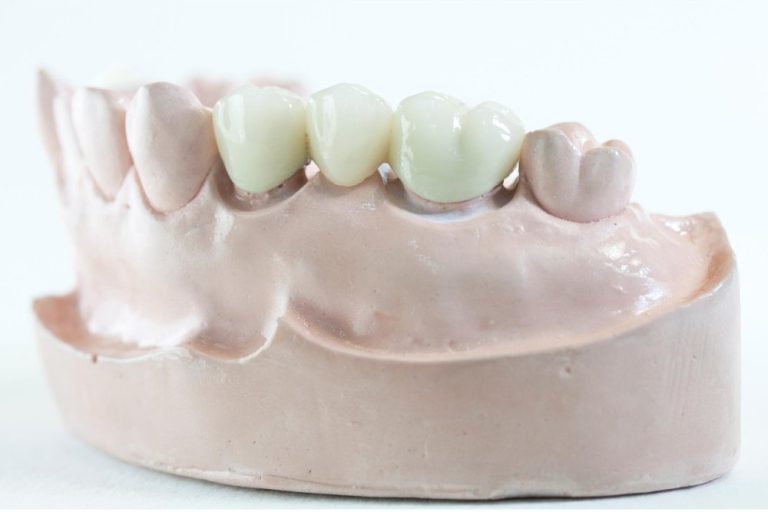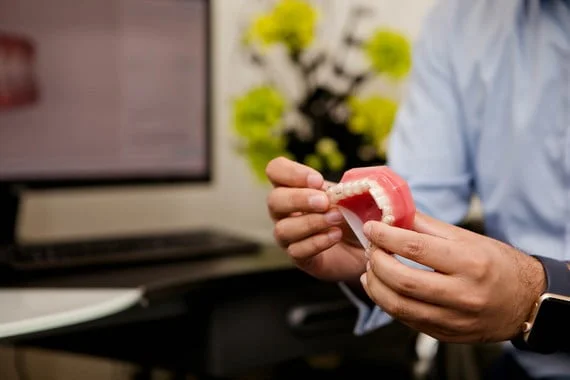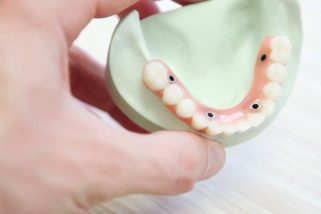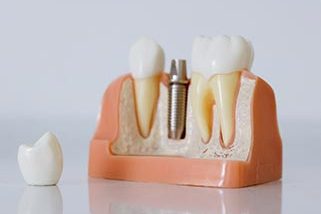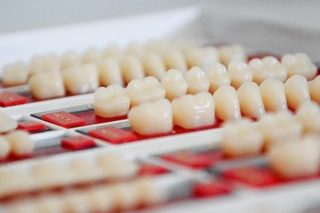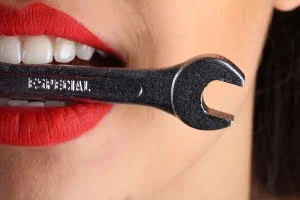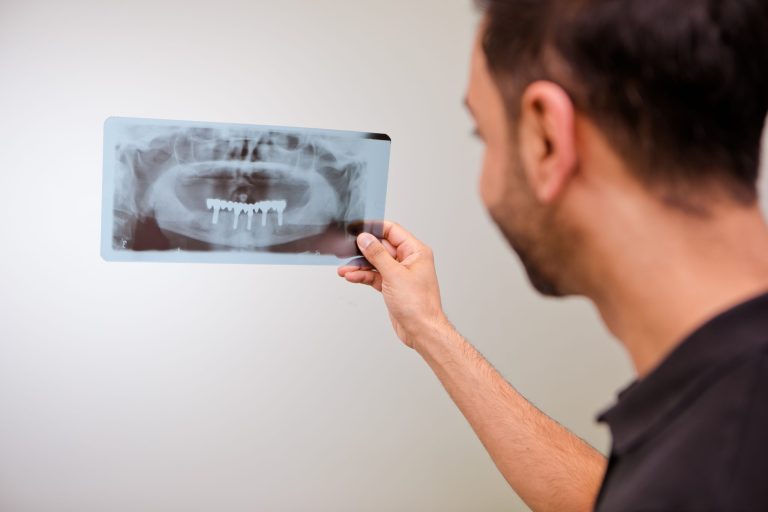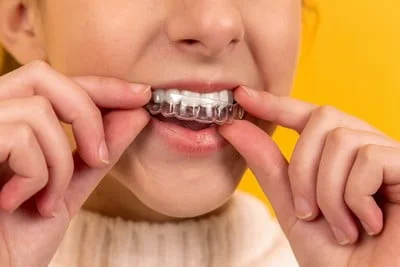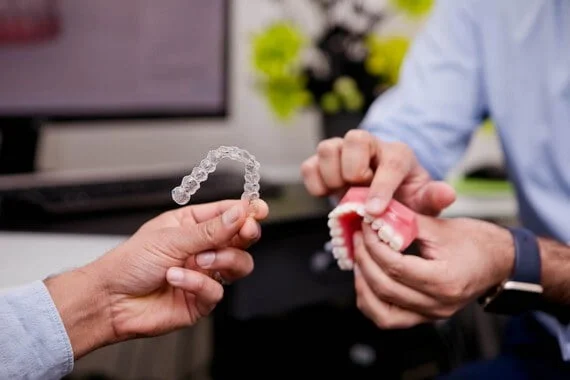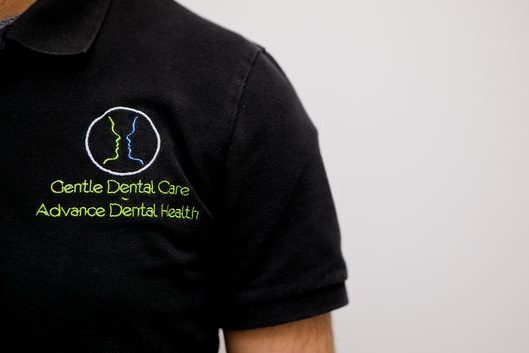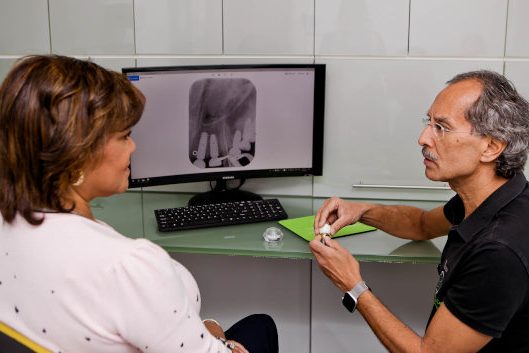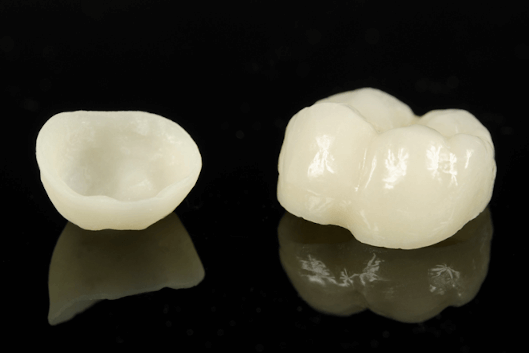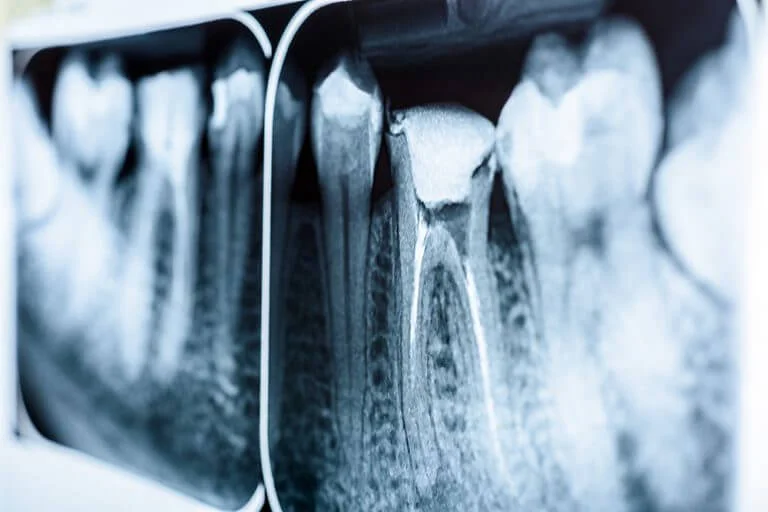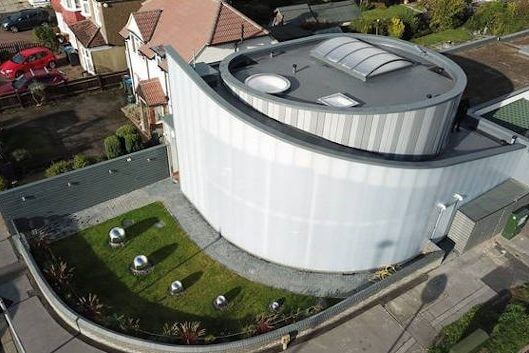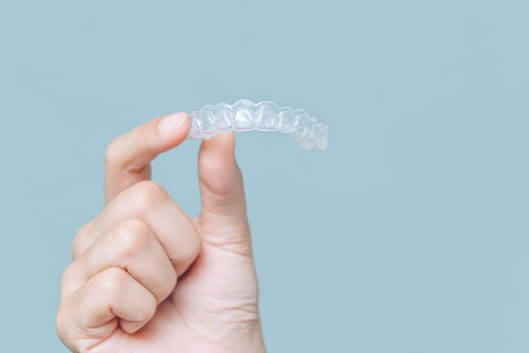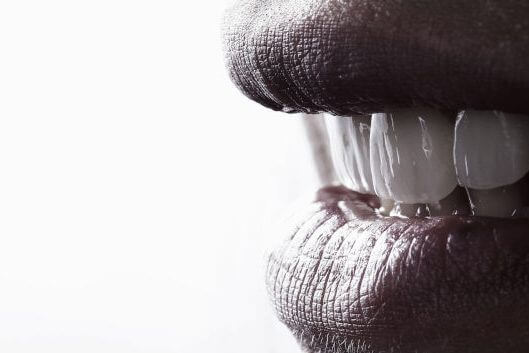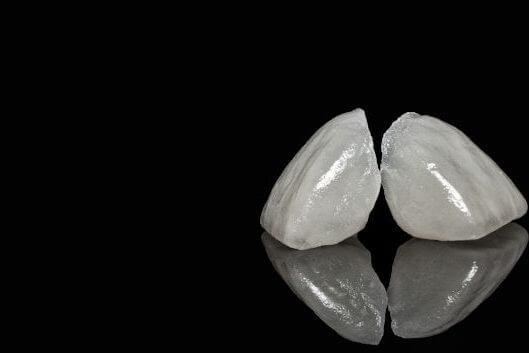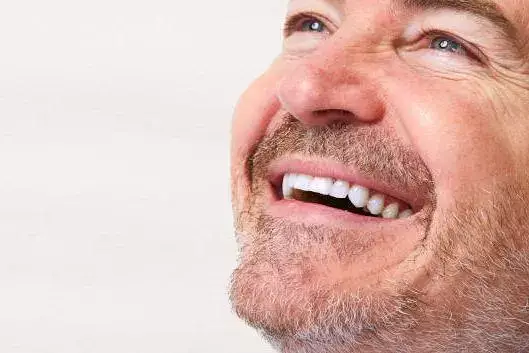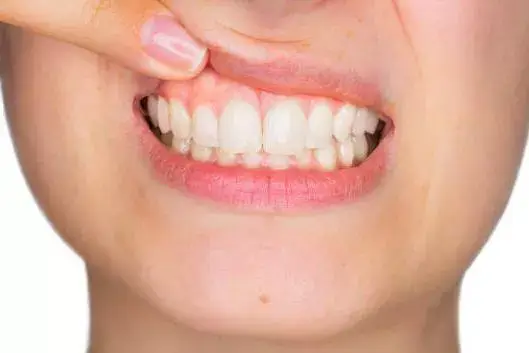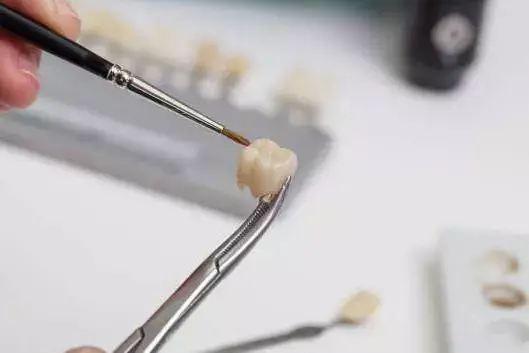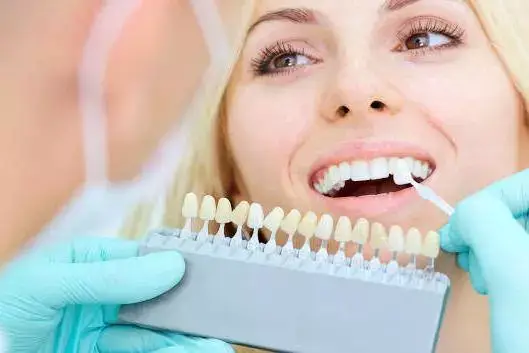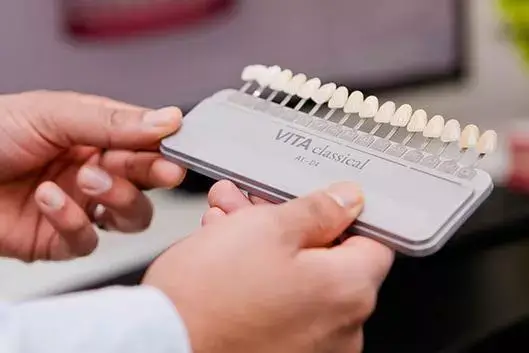All you need to know about dental bridges
 If you have a missing tooth/ missing teeth, there are several things you can do to replace them and restore your smile:
If you have a missing tooth/ missing teeth, there are several things you can do to replace them and restore your smile:
- The first option is a dental implant. This has the highest success rates and the tooth is likely to last a very long time. It also does not disturb the other teeth, like bridges and dentures can.
- The second option is a dental bridge. This is basically a false tooth that is secured onto any of the neighbouring teeth you have. It is fixed in place (i.e. it is a permanent solution), so you don’t have to remove it.
- The third option is a denture. This is a removable option and it works well if you have multiple missing teeth on both sides of the arch. For a single missing tooth, it is often not the best solution. As it is not fixed in place, you can expect to experience some movement when eating.
- The last option is to leave the missing gap. This can cause unwanted movement of nearby teeth that may drift into the space created by the missing tooth. It can cause issues with the bite and reduce the longevity of certain teeth.
How are bridges secured?
There are essentially two main types of dental bridge:
- Conventional bridge
This is where crowns are used to secure the bridge. This means that we will need to gently grind down a tooth/some teeth to secure the bridge, as shown below.
The two adjacent teeth are prepared for crowns. A three-unit dental bridge is made, and it is bonded onto the two adjacent teeth. These types are crowns are great because the success rates are higher, however they will require some tooth preparation. If the adjacent teeth have crowns already, this option may be good for you. The bridges rely on the conical tapered connection to secure them, so the type of cement used does not have to be that strong. They are still cemented in, however it’s the morse taper effect that provides good retention.
- Adhesive bridge
In the last ten years, technology has advanced, and the strength of dental cement has got considerable stronger. This has allowed us to bond onto teeth without having to prepare them, hence preserving tooth structure. These types are bridges are called adhesive bridges and are a lot more conservative. If you look at the picture below, the bridge has wings on either side of the false tooth and these are bonded onto the back surfaces of the adjacent teeth. The major advantage is that they require little or no tooth preparation and therefore are kind to the teeth. However, these can only be used in specific circumstances and generally do not work well for back teeth. They rely on having good strong teeth to bond to, so if your adjacent teeth are heavily filled then it may not work. What’s more is the success rates are significantly lower than for conventional bridges.
What is the procedure for getting a dental bridge?
Step 1 – We will assess your situation, take x-rays and then discuss the various options with you. We will inform you of the pros and cons of each option. You can then decide which one is best for you.
Step 2 – We can then prepare the teeth (if necessary) before taking a scan.
Step 3 – The final step involves checking the dental bridge to ensure the fit, aesthetics and bite are exactly as they should be. You will be able to see the bridge to check you are happy for us to cement it in. Once cemented, we would inform you of any maintenance that may be required.
How many teeth can you have on a bridge?
This is a really difficult question to answer as there is a myriad of situations that can occur. It depends upon your age, build, bite and the state of the neighbouring teeth, as well as lots of other factors that are too detailed to mention here. For adhesive bridges, you generally only want to have one false tooth for predictable success rates. For conventional bridges, bigger spans are possible – one of our dentists has created six units of bridgework, secured onto two teeth. If you would like more information on what can be done, it’s best to give us a call to discuss.
Which teeth can you replace with a bridge?
You can replace pretty much any teeth with a bridge. Front teeth are generally easier to replace using this method.
How long do bridges on teeth last?
If constructed well, dental bridges can last 30 years or so in the right circumstances. The survival rates depend on each situation so it’s hard to give a definitive answer – we can give you a more accurate idea after an assessment.
If poorly planned, some bridges will last less than a year.
How do you clean a fixed dental bridge?
If the bridge is joined to both teeth either side, you will not be able to floss between them in the normal way. The best thing in this situation is to clean underneath the bridge by using either tepe brushes (interproximal brushes) or superfloss.
If the bridge is secured on one end only then you will be able to use floss and follow it underneath the bridge to clean all areas.
In either case we would recommend seeing a hygienist frequently to maintain your bridges and ensure longevity.
If you would like to find out more about dental bridges or book a consultation, please get in touch!
Call 020 3925 3846 or fill in our form to enquire about your consultation.
